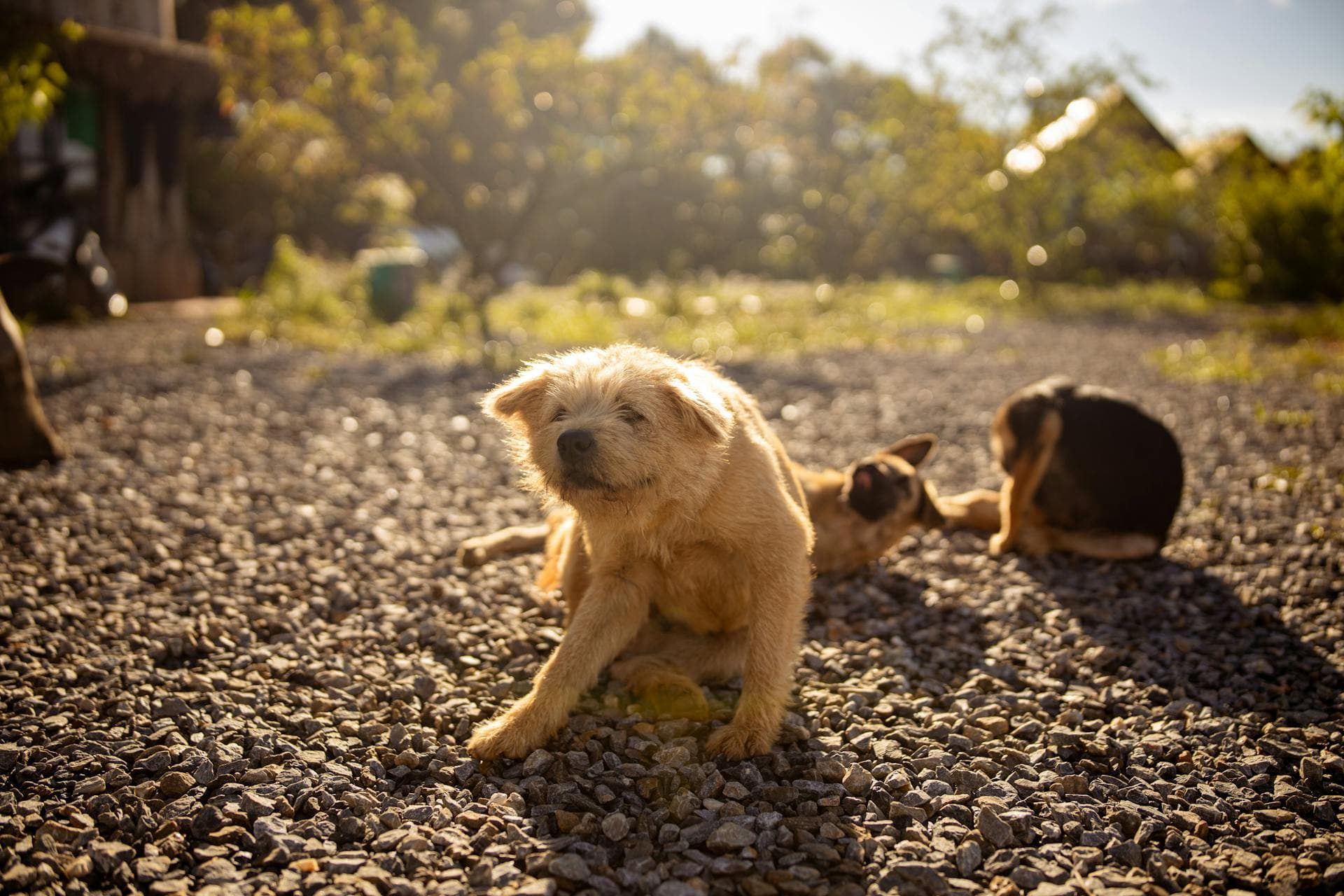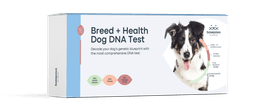Flea and tick prevention for dogs is possible. These little pests latch on to a canine and make their life miserable. When a tick bites, it leads to itching. And further scratching will cause infections. Fortunately, the many ways of getting rid of these pests have pros and cons.
How Do Fleas and Ticks Affect Dogs?
Fleas are literal blood suckers. They love to feed on your pooch’s blood. All kinds of diseases follow with itching and skin irritation being the first ones. Fleas on dogs can cause anemia as well. They also lead to allergies. Ticks are equally nasty. Lyme disease, babesiosis, or even Rocky Mountain spotted fever can be transmitted by them. Ticks stick around for a while but fleas are easier to avoid. Do not take these infestations lightly. Try to catch the problem early.
Common Symptoms of Flea and Tick Infestations
Constant scratching or biting. A constantly scratching dog is a warning sign. The itchiness is localized around the ears, neck, or back.
Hair loss or red, irritated skin. Patches of missing fur and irritated skin mean the dog has been scratching too much. Little scabs or bumps are signs of ticks.
Tiny black specks. These are flea droppings or flea dirt. They’re usually easy to spot in the dog’s fur. It is a sign that fleas have set up shop.
Lethargy or loss of appetite. Some pretty nasty illnesses can be transmitted by these ticks. This means that the canine may start to feel tired or even refuse food.
Why Flea and Tick Prevention Is Important
Make prevention your number one priority. When fleas and ticks go unchecked, serious problems can arise. Extreme flea infestation can even lead to tapeworms. Lyme disease is caused by ticks. It can lead to long-term joint pain for the poor canine. PetMD has a very detailed list of all flea and tick related diseases.
Be proactive about flea and tick prevention for dogs. No one wants to see their dog uncomfortable or sick.
Types of Flea and Tick Prevention Methods
Topical Treatments
Topical flea medicine for dogs includes liquids that are applied directly to the dog’s skin. Advantage or Frontline fall into this category. Fast action means they start killing fleas and ticks within hours. Flea and tick control for dogs with topical treatments can last anywhere from a few weeks to a month. It all depends on the product.
Oral Medications
Flea and tick medicine is a popular option. Flea pills for dogs kill them from the inside. They are usually given once a month. Most dogs will just eat them with their food. They do take a bit longer to work as compared to topicals.
Collars
A flea and tick collar could be a low-cost solution. They release chemicals that repel fleas and ticks. Continuous protection is possible for weeks or months. They’re easy to put on as well. They should fit the dog well. A canine might feel uncomfortable and start biting the collar.
Shampoos and Sprays
These can kill fleas and ticks on contact. The only drawback is the lack of long-term protection. Immediate relief is possible when dealing with an active infestation. A good flea shampoo can help wash away fleas. Do not forget to follow up with a long-lasting method for ongoing prevention.
Choosing the Right Prevention Method for Your Dog
Factors to Consider
Age of Your Dog
Be extra careful about which products you use when you have a puppy. Some treatments aren’t safe for them. Older dogs might also need special care. Any other health issues they have might complicate things.
Health Status
Health problems or medication should not be ignored. Check with your vet before choosing a prevention method. Some tick medicine for dogs might interfere with other medications.
Lifestyle and Environment
How much time does your dog spend outside? When a canine stays outdoors in areas with high flea or tick populations, you’ll need a stronger method. Less frequent treatments might be needed for indoor pups.
Coat Type
Long-haired dogs can be harder to treat. Their deep fur is the perfect hiding space for fleas and ticks. Try shampoos or sprays in addition to oral or topical treatments.
Flea and Tick Activity in Your Region
You may live in an area with a high flea or tick population. This means stronger protection is needed. The vet will be able to advise you about the best flea treatment for dogs.
Ease of Application
It can be tricky to get your dog to cooperate with treatment. Pooches hate having stuff put on their skin. There may be some who refuse to take pills. The method that suits your dog’s temperament will always be the best choice.
How to Apply Flea and Tick Prevention Products
Apply topical products directly to the skin. The back of your dog’s neck is a key area. Most fleas and ticks can be found here. You need the product on the skin, not on their fur. It will be more effective that way.
Mix the pills with your dog’s food. It is possible they will simply gobble it up without any problem.
Collars are the easiest. Adjust it so that it is not too tight. The collar has to be snug enough to stay on.
Shampoos are a no-brainer. Lather up and let it sit for a few minutes. This will let it kill the infestation. Rinse thoroughly to make sure that all of the product is removed.
Seasonal Considerations for Flea and Tick Prevention
Fleas and ticks on dogs are more common during warm weather. When you live in a warmer climate, it’s a year-long nuisance. Carry on with flea and tick prevention even in the winter months. The length a treatment lasts varies. Frequent reapplication may not be needed in the colder months. Do keep an eye on symptoms though and consult your veterinarian.
Tips for Maintaining a Flea and Tick-Free Environment
Prevention doesn’t stop with your dog. Zoetis pet blog informs that fleas can start laying hundreds of eggs within 48 hrs of infestations. These then fall onto the carpets and sofas. Treat your home and yard for fleas and ticks. Vacuum your home as often as you can. The dog’s bedding must be washed. You also need to trim the grass in your yard. Pest control products may help get rid of fleas or ticks hiding there.
Frequently Asked Questions
What is the safest flea and tick treatment for dogs? The safest treatment depends on your dog’s age, health and needs. Your vet can help you pick the right option.
What are some ways to prevent ticks and fleas on pets besides using topical treatments like Advantage, Frontline, etc.? Oral medications and collars are very useful as they are also easy to use. Sprays and shampoos are other good options. Just take care that it does not get into their eyes.
Is there a permanent solution for fleas and ticks in dogs? Unfortunately, there’s no permanent solution. The best you can do is stay consistent with flea and tick prevention for dogs to keep them protected.




